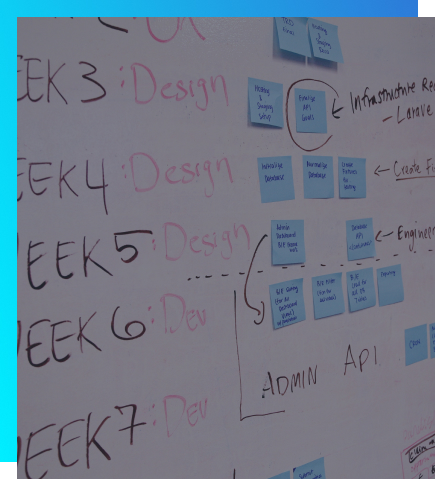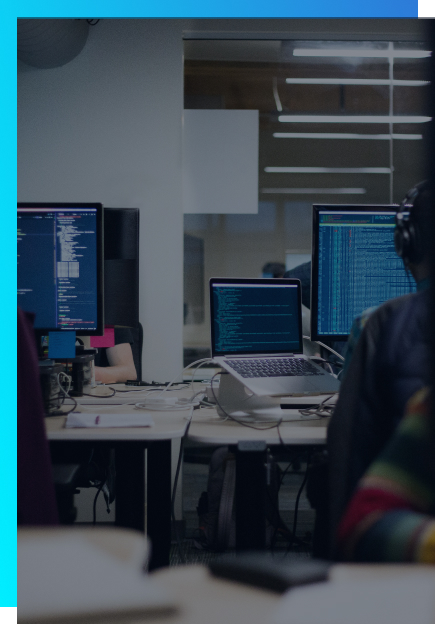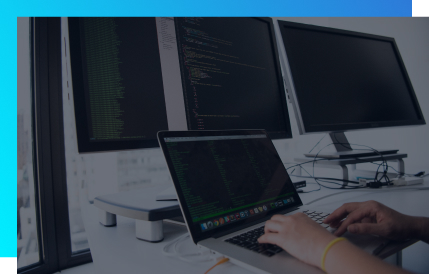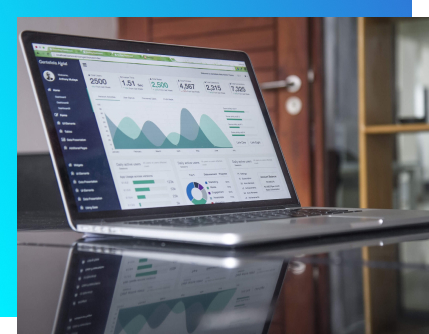// Your project
1. First Contact: Send Us Project Specifications
To get started, we’ll need to know what you’re looking for — including goals for this particular project as well as your overall business goals. Understanding your company’s overall direction helps us better understand just what you need and how we can help you get where you need to go.
Information that can help us includes:
- The platform you need: mobile, web, desktop, etc.
- Which system you need: Android, iOS, Windows, etc.
- Which programming languages you’d like: Vue.js, React Native, Swift, etc. If you don’t know, that’s ok — we’ll guide you through the process.
- The design specifications of the project: wireframes, final design, MVP, etc.
- Your timeframe and/or deadline
- Any additional info you think would help us
Once we have this information, we’ll begin a dialogue with you that will get us started.

// Love at first sight
2. Meet Our Team: Free Consultation
Once we’ve established initial contact, our team will reach out and schedule a meeting with you. In this session, you’ll meet our sales and technical team lead, who will guide you through our development process and answer any questions you may have about our company. We’ll discuss details of your project, including timeline and will clarify any questions you may have.
This meeting is free of charge — so don’t hesitate to reach out to us.
If you like what you see and want to get started, we’ll sign a non-disclosure agreement (NDA) to protect you and your intellectual property.


// Ready
3. Proposal and Review
Once we’ve met you and discussed your needs, we’ll get back to you within 48 hours with a project proposal. Note that this proposal does not involve us getting on one knee with a bouquet of flowers and a ring. This proposal does, however, include a full plan, like a detailed timeline, team members and their daily rates, and any relevant project milestones to keep track of.
Of course, you’ll have the chance to review the proposal and ask any questions or request changes. Once you agree with the proposal, we’ll sign a contract and get to work.


// Set
4. Story Mapping
The story map gives a detailed, bird’s-eye overview of your project to help visualize and understand it. It’ll give you an idea of how all the cogs and gears work together to make our well-oiled machine tick and show you how everything is covered.
Once the story map is completed, it may be easier for you than us to write your project story since you should have a full understanding of it. This kind of writing isn’t an easy task for everyone, however — so if this isn’t your cup of tea you can delegate this or set it aside.


// Go
5. Workflow: From Sprint 0 to the Final Sprint
Our projects work in “Sprints,” components of work dedicated to particular tasks or series of tasks. Sprint 0, for example, results in a comprehensive project plan.
After Sprint 0, we will deliver:
- A functional piece of code, however small
- A feature prioritization plan or a list of project stories
- A release plan, which assigns each story to a Sprint
At the end of each Sprint, we’ll show you what we’ve accomplished by showing you the partially complete version of your project. We’re all about accountability and transparency, and you deserve to know just what’s happening.


// Deploy
6. Publication
After passing the User Acceptance Test (UAT), the product will be available to end users and will be deployed in a production environment. In other words, it’s done and ready to go.


// Maintain
7. Maintenance and Improvements
We’ll be with you after the project is done to conduct reviews, provide maintenance advice, or deliver upgrades. Products in any industry need some review after they hit the market, so we’re there to help you through the “unknown unknowns” — the unanticipated results that often accompany a new product.


